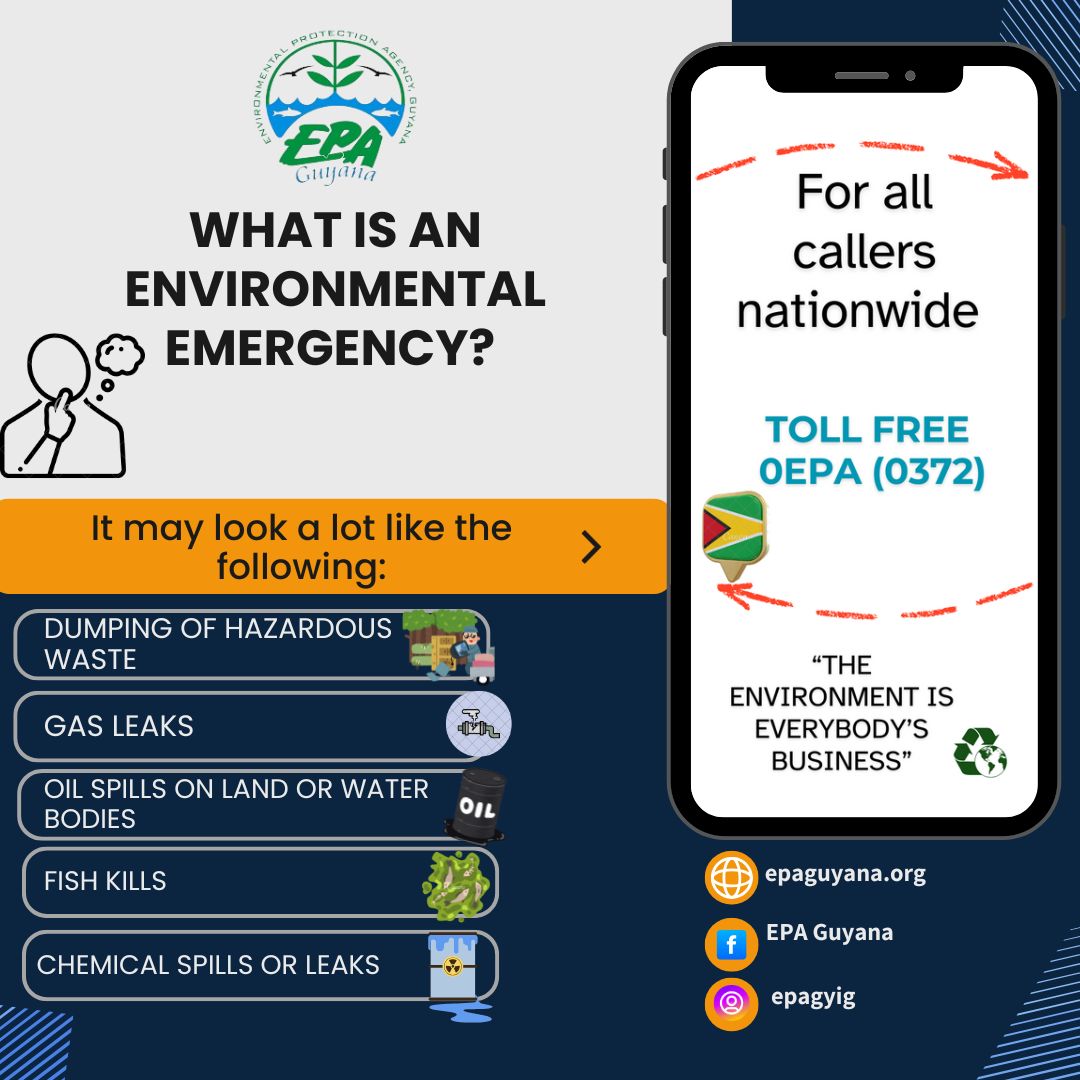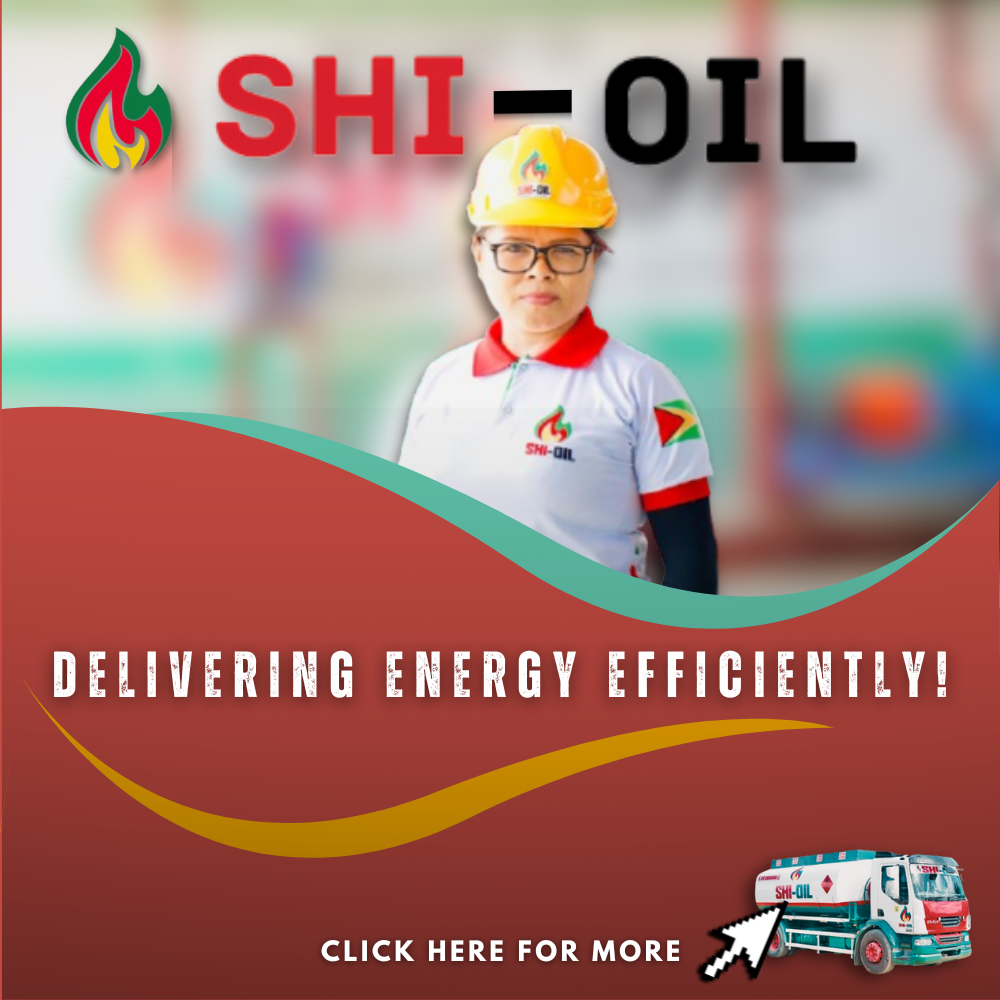Guyana is charting a game-changing course with its Gas-to-Energy project, which promises to cut electricity costs locally and position the nation as a leading exporter of natural gas products in the Caribbean region and beyond. This project marks the genesis of Guyana’s gas story, leveraging extensive natural gas discoveries in the Stabroek Block to fuel local development and potentially help to meet growing regional energy needs.
Speaking at the prestigious Guyana Energy Conference and Supply Chain Expo 2024, President Dr. Mohamed Irfaan Ali unveiled plans to tap into the markets of the entire Caribbean Community (CARICOM), Brazil’s Roraima State, and the Dominican Republic with the supply of natural gas liquids (NGL). The project anticipates achieving First Gas by 2025; however, export potential is slated for the subsequent phase once the company identifies additional gas sources to complement the output from the Liza development. ExxonMobil is currently studying prospective sites for this purpose.
Guyana has also been investing heavily in transport infrastructure to make this vision a reality, including a road to Brazil and plans for a bridge to Suriname. President Ali emphasized the urgency of these investments, stating, “If we don’t have it, we will sit on 9,000 barrels of [NGLs], and it can’t hatch.”
The infrastructure, spearheaded by ExxonMobil Guyana for the offshore pipeline and the Government of Guyana for the onshore facilities, aims to convey natural gas from the Liza field in the Stabroek Block to an integrated processing facility in Wales, on the West Bank of Demerara. The plant there will extract natural gas liquids for commercialization, and dry gas will fuel a 300-megawatt (MW) power plant.
This ambition was catalyzed by ExxonMobil’s momentous discoveries in the oil-rich Stabroek Block, unveiling billions of barrels of oil and 17 trillion cubic feet of gas. Although initially focused on oil, Exxon embraced Guyana’s shift towards harnessing its abundant natural gas resources and seeks to capitalize on the current global recognition of natural gas as a transition fuel. The forthcoming draft National Gas Utilization Strategy outlines a roadmap for this endeavor, exploring the development of these resources. While the Gas-to-Energy project will utilize gas from offshore fields already producing oil, Guyana is keenly eyeing standalone gas projects.
The government sourced proposals from private entities for designing, financing, constructing, and operating essential gas infrastructure. It is pushing for safe, timely, and sustainable development, where private investment will drive the project forward, even if Exxon is not keen on being that investor.
“If we don’t have it, we will sit on 9,000 barrels of [NGLs], and it can’t hatch.”
PRESIDENT OF GUYANA, DR. IRFAAN ALI
The net cast by the government returned 17 proposals from a diverse list of companies and groups, including well-known international industry leaders like CNOOC, and local content success stories like NRG Holdings. The contractor working on the integrated gas processing facility for Guyana’s Gas-to-Energy project – a joint venture between CH4 and Lindsayca – also submitted a proposal.
Vice President Dr. Bharrat Jagdeo had indicated that the company should expedite gas development or relinquish control to entities eager to take the helm.
In alignment with the government’s vision, ExxonMobil’s Upstream President, Mr. Liam Mallon, affirmed that gas has an integral role in Exxon’s strategy and that the Gas-to-Energy project would be an important aspect.
“To me, that’s the start of potentially a bigger gas development plan…It’s still early days in the exploration process,” Mallon stated.
ExxonMobil Guyana’s President, Mr. Alistair Routledge, tempered expectations for an early standalone gas project, relative to the speed with which the company has brought oil projects on stream. Exxon is still conducting rigorous exploration and appraisal work, including to de-risk and understand the extent of the gas resources in the Stabroek Block.
“By early 2025, we will have done the exploration and appraisal work to understand how comfortable we are on the resource,” Routledge has said. He suggested gas production in the Stabroek Block could begin as soon as 2029.





